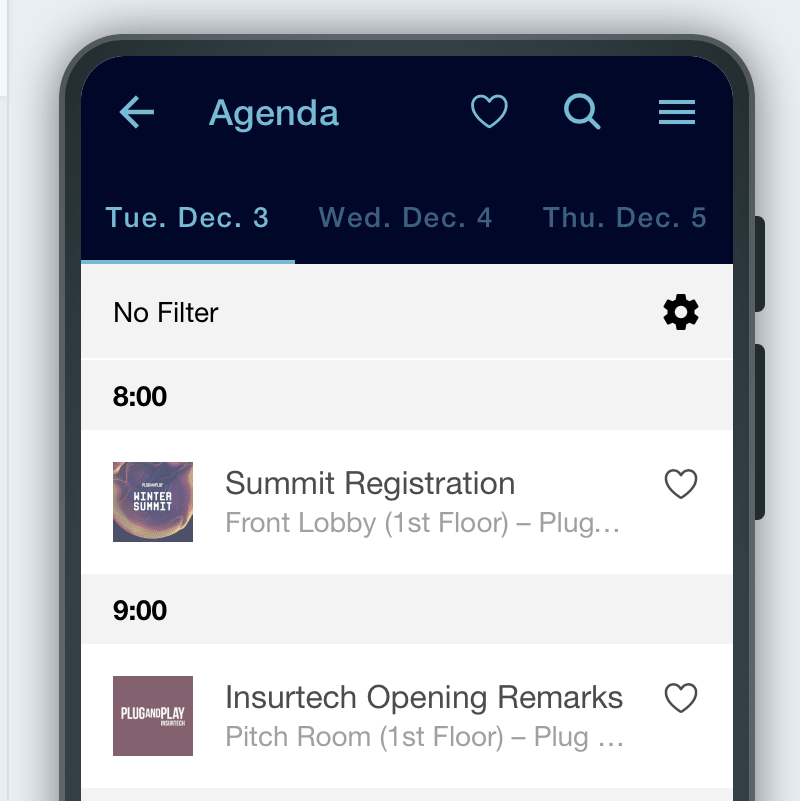Comparing WebRTC with Other Real-Time Communication Protocols
Whether it's connecting with loved ones, collaborating with colleagues, or engaging with customers, the need for seamless and efficient communication is paramount. Traditional communication protocols have served us well. But with the emergence of WebRTC, a new era of real-time communication has dawned upon us.
Table of Contents
- Features of the ideal protocol
- Comparison of WebRTC with other real-time communication protocols
- RTMP vs. WebRTC
- WebRTC vs. RTPL
- HLS vs. WebRTC
- Websocket vs. WebRTC
- Why Digital Samba makes sense
Here, we take a deep dive into why WebRTC is the ideal communication protocol and compare it to other popular solutions.
Features of the ideal protocol
The ideal RTC protocol must possess several features to ensure an optimal user experience. These include:
Compatibility and support
The chosen protocol must be compatible with the existing hardware and software environment. Additionally, it should be able to integrate well with other protocols within the system. And, a reliable customer support system should be in place to assist when needed.
Latency
A low latency rate ensures that data can be transferred quickly between two endpoints, thus providing a smooth and seamless user experience.
Scalability
Ensure the protocol can handle large volumes of data being transferred at any given time. Check if your chosen protocol can scale up or down the system to cater to different usage levels.
Security
Security features should also be taken into consideration when selecting a protocol. This includes encryption and authentication mechanisms to ensure data can be securely transferred between two endpoints.

The Digital Samba Security White Paper
Download now
Use as an ingest protocol
The protocol should be able to accept data from external sources, such as webcams or microphones, and process this data for use within the system.
Use as a delivery protocol
The protocol should also be able to transmit data across the network, allowing users to receive and consume the information in real time.
Organizations can ensure an optimal user experience while keeping their networks secure by considering all these features when selecting a Real-Time Communications protocol.
Comparison of WebRTC with other real-time communication protocols
What if you're building a video conferencing app from scratch? WebRTC gives you the real-time backbone while other protocols may not.
WebRTC is one of the most popular real-time communication protocols due to its low latency and high scalability. It supports both audio and video streaming, as well as data transmission for file sharing. It also offers secure encryption and authentication options to ensure that data can be securely transferred across networks.
WebRTC is a W3C standard, it is widely supported by modern browsers and allows audio and video data to be transmitted directly among web pages.
Let's compare WebRTC with other existing real-time communication protocols:
WebRTC vs. RTMP
In comparison to RTMP, WebRTC offers much lower latency and higher scalability. It also supports data transmission in both directions, allowing for real-time interactivity between two endpoints.
|
Protocols |
Compatibility & Support |
Latency |
Scalability |
Security |
Ingest Protocol |
Delivery Protocol |
|
WebRTC |
High |
Low |
High |
High |
Yes |
Yes |
|
RTMP |
Moderate |
Very Low |
Medium |
Moderate |
No |
Yes |
WebRTC vs. RTPL
RTPL does not offer encryption or authentication options. Whereas, WebRTC can handle higher data throughputs, providing a smoother user experience with less latency and buffering. WebRTC also supports bi-directional audio and video streaming, allowing for more interactive conversations between two endpoints.
|
Protocols |
Compatibility & Support |
Latency |
Scalability |
Security |
Ingest Protocol |
Delivery Protocol |
|
WebRTC |
High |
Low |
High |
High |
Yes |
Yes |
|
RTPL |
Moderate |
Low |
High |
Low |
No |
Yes |
WebRTC vs. HLS
Compared to HLS, WebRTC provides a more efficient approach to streaming audio and video content. It can offer lower latencies than HLS and handle large numbers of concurrent users.
|
Protocols |
Compatibility & Support |
Latency |
Scalability |
Security |
Ingest Protocol |
Delivery Protocol |
|
WebRTC |
High |
Low |
High |
High |
Yes |
Yes |
|
HLS |
Low |
Medium |
Low |
Moderate |
No |
Yes |
Websocket vs. WebRTC
In contrast to WebSocket, WebRTC offers a much more reliable approach when it comes to real-time communication. There is less overhead with WebRTC as the data is handled directly between two endpoints, whereas with WebSocket, an intermediate server needs to be considered.
|
Protocols |
Compatibility & Support |
Latency |
Scalability |
Security |
Ingest Protocol |
Delivery Protocol |
|
WebRTC |
High |
Low |
High |
High |
Yes |
Yes |
|
WebSocket |
High |
Low |
High |
High |
Yes |
Yes |
Why Digital Samba makes sense
Digital Samba is an encrypted, GDPR-compliant, and end-to-end solution for real-time communication. Our WebRTC video API is fully optimised for low latency, high scalability, and security. With the Digital Samba platform, you can quickly and easily set up audio or video streaming with minimal effort. The platform also provides many features, such as integration with existing hardware and software, user authentication, encryption, and more.
Get your hands on our WebRTC Video API today, and start streaming audio or video in seconds with minimal effort.
Frequently asked questions (FAQ)
1. Is WebRTC better than RTMP for live streaming?
Yes, WebRTC is better for ultra-low-latency, two-way communication. RTMP is still useful for ingesting video into CDNs but is being phased out for interactive use cases.
2. Can WebRTC be used for large-scale broadcasting?
WebRTC supports scalable broadcasting through SFU/MCU architectures. While it's not designed for millions of concurrent viewers natively, it’s ideal for interactive streams with dozens or hundreds of users.
3. Does WebRTC require a server?
Yes. While it's peer-to-peer, most real-world implementations use signalling servers, STUN/TURN servers, or media servers (like SFUs) to handle connections, NAT traversal, and scaling.
4. Why is WebRTC considered more secure?
WebRTC enforces encryption by default (DTLS and SRTP), which means all audio, video, and data are transmitted securely end-to-end without requiring user configuration.
5. What’s the difference between WebSocket and WebRTC?
WebSocket is great for sending text or binary data in real time, while WebRTC supports real-time audio, video, and data. They serve different purposes but can complement each other.
6. Is WebRTC supported in all browsers and mobile platforms?
Yes, major browsers like Chrome, Firefox, Safari, and Edge support WebRTC. Mobile support is also available via native SDKs or WebView-based implementations.

Share this
You May Also Like
These Related Stories

WebRTC Group Video Calls: What You Need to Know

Enhancing Real-Time Communication with WebRTC Data Channel


